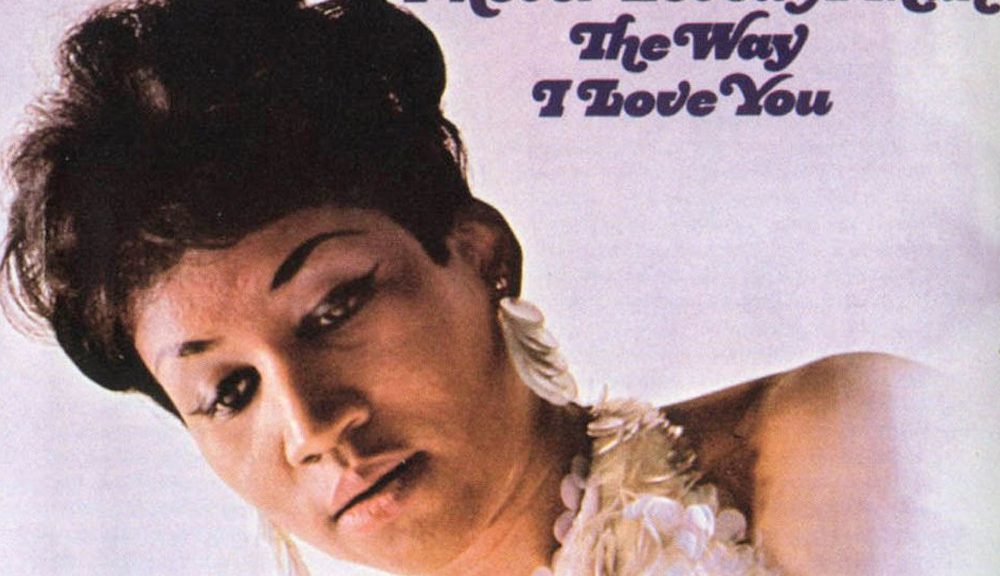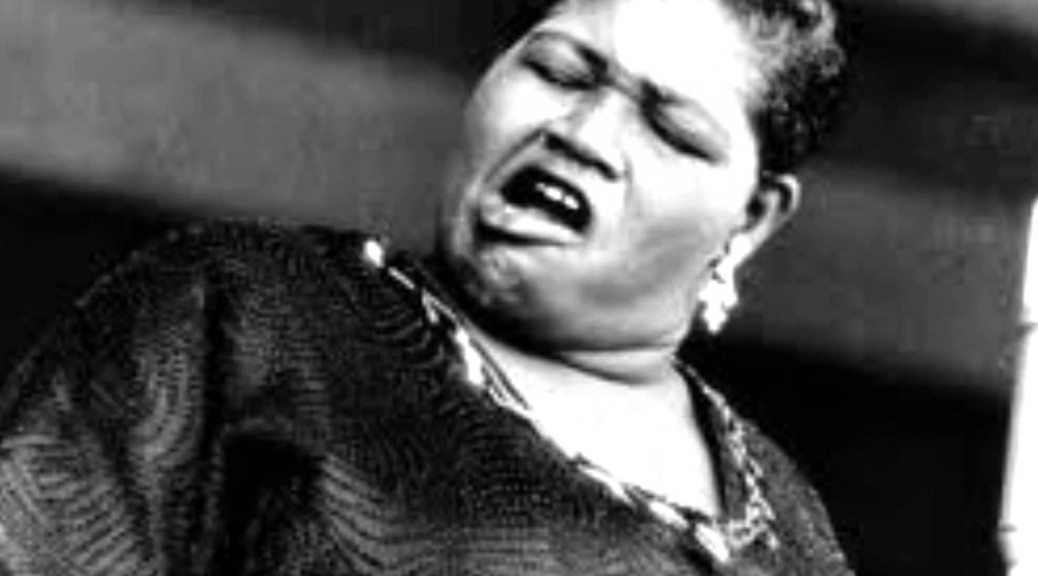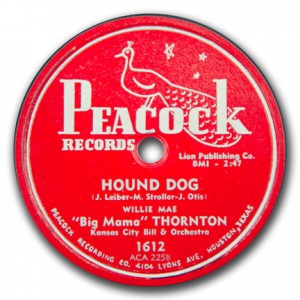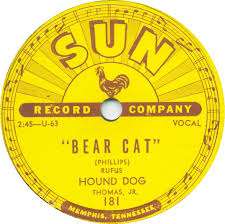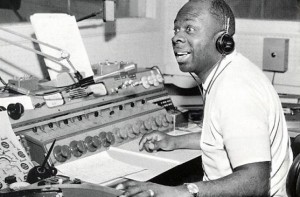Aretha Franklin Respect
Billboard #1 June 3 – June 30, 1967
Aretha Franklin Respect
Bethel Woods Center for the Arts
Those of you who have visited the Museum at Bethel Woods Center for the Arts know that the Main Gallery is not a Woodstock museum–as in a museum that recalls the “greatest festival of all time.”
The Main Gallery sets up that momentous 1969 event by walking visitors through the turbulent 60s: the civil rights movement, the space race, technological innovations, the Vietnam War, Beatlemania, the counterculture, assassinations, fashion, politics, the change in family, nationalism, and the many other of that era’s crucial hallmarks.
As guests get about halfway through, album covers appear. Of course until then the little records with big holes dominated sales. By the end of the decade, the big records with the little holes began to outsell singles.
Aretha Franklin Respect
I Never Loved A Man the Way That I Love You
Among the first half-dozen albums that are displayed is Aretha Franklin’s breakthrough Atlantic Records debut album, I Never Loved a Man the Way I Love You. It is the featured image atop this post. The single by the same name was a hit for Franklin and Atlantic Records selected “Respect” (can anyone write that title thinking of the song without mentally singing the letters like Aretha?) as her next single.
It was #1 song from June 7 to June 17, 1967.
Aretha Franklin’s career never looked back after that.
Aretha Franklin Respect
Otis Redding
Otis Redding had written the song and released it as a single in the summer of 1965. The song did well commercially and helped establish his presence on radio waves’ white side.
He continued to sing his version of the song and included it in his amazing performance at the Monterey International Jazz and Pop Festival on June 17, 1967. It was during his introduction (listen above) that he says, “that a girl took away from me, a friend of mine, this girl she just took this song.”
Aretha Franklin Respect
Muscle Shoals
Columbia Records had recognized Aretha Franklin’s potential, but had not been able to translate it. Ahmet Ertegun and his Atlantic Records found a way. He brought her to Muscle Shoals, Alabama and Rick Hall’s FAME Studios.
Jerry Wexler and Arif Mardin produced the record and Tom Dowd engineered it. The musicians were the famed Muscle Shoals Rhythm Section, aka, the Swampers: Cornell Dupree (guitar), Willie Bridges (sax), Charles Chalmers (sax), Roger Hawkins (drummer),Tommy Cogbill (bass), Dewey ‘Spooner’ Oldham (keyboards), and King Curtis (sax). Franklin’s sisters Carolyn and Erma were the backing vocals.
That group lighted the fuse that launched Franklin. The song went from Redding’s covert plea for sex when he got home to Franklin’s proclamation of freedom, demand for R E S P E C T.
Aretha Franklin Respect
Anthem
Not only did the song establish Franklin as a star, it became an anthem of the times for civil rights and women’s liberation. As an NPR story said, ” ‘Respect’ Wasn’t A Feminist Anthem Until Aretha Franklin Made It One.”
That is why that album cover display is so appropriate for the Main Gallery.
Thank you Aretha.

